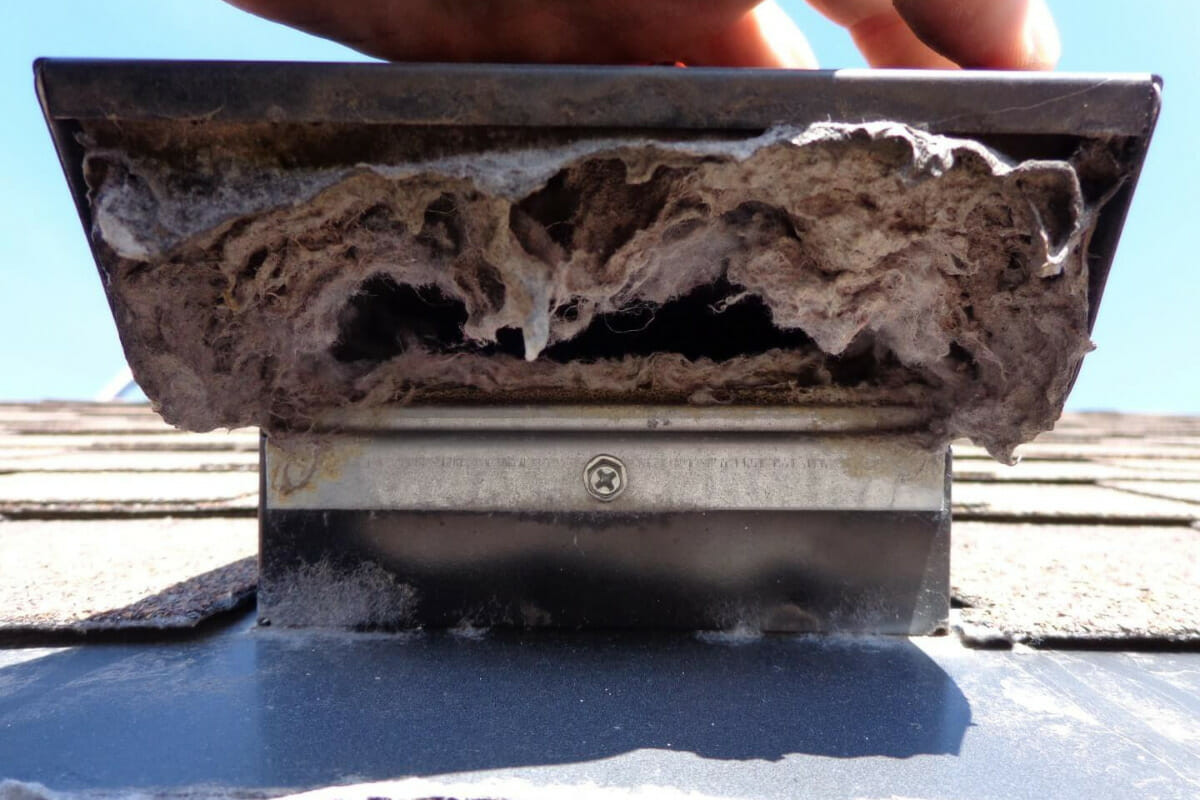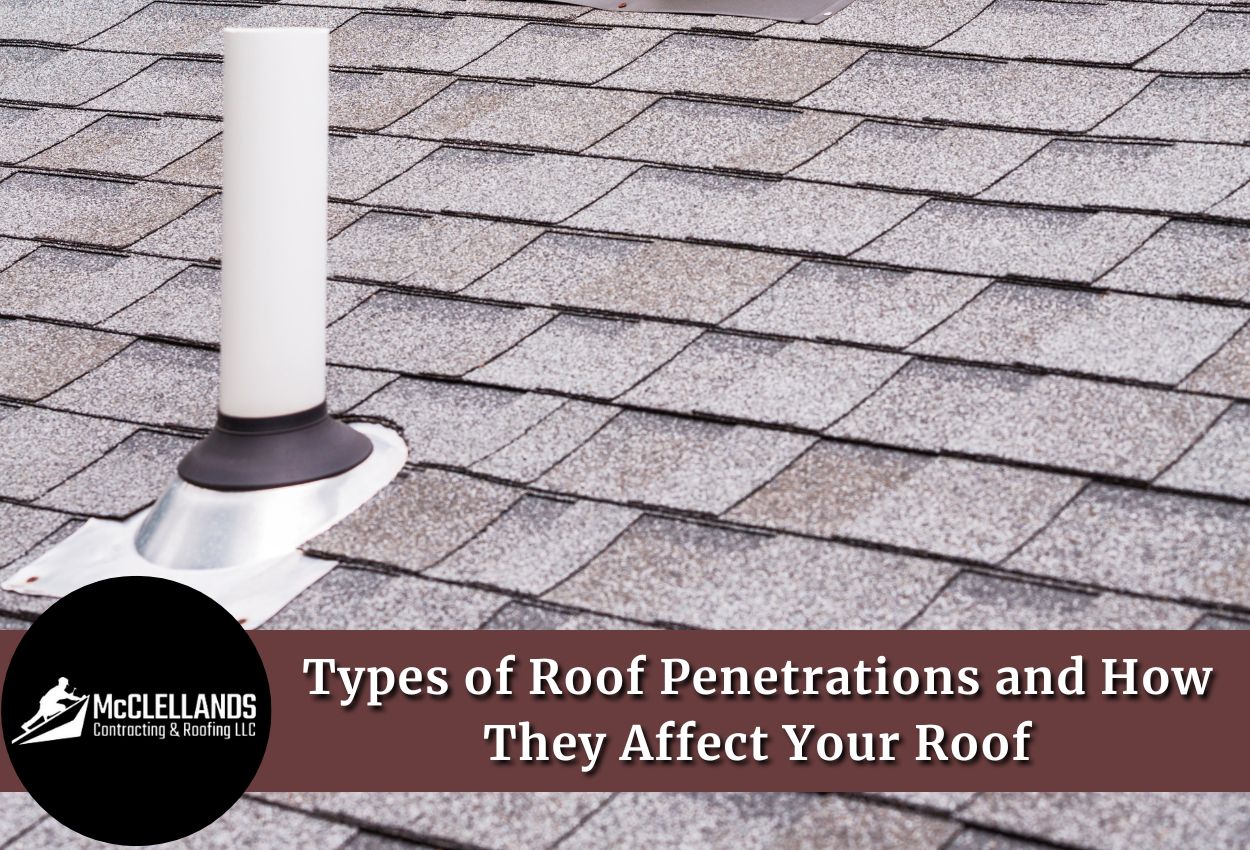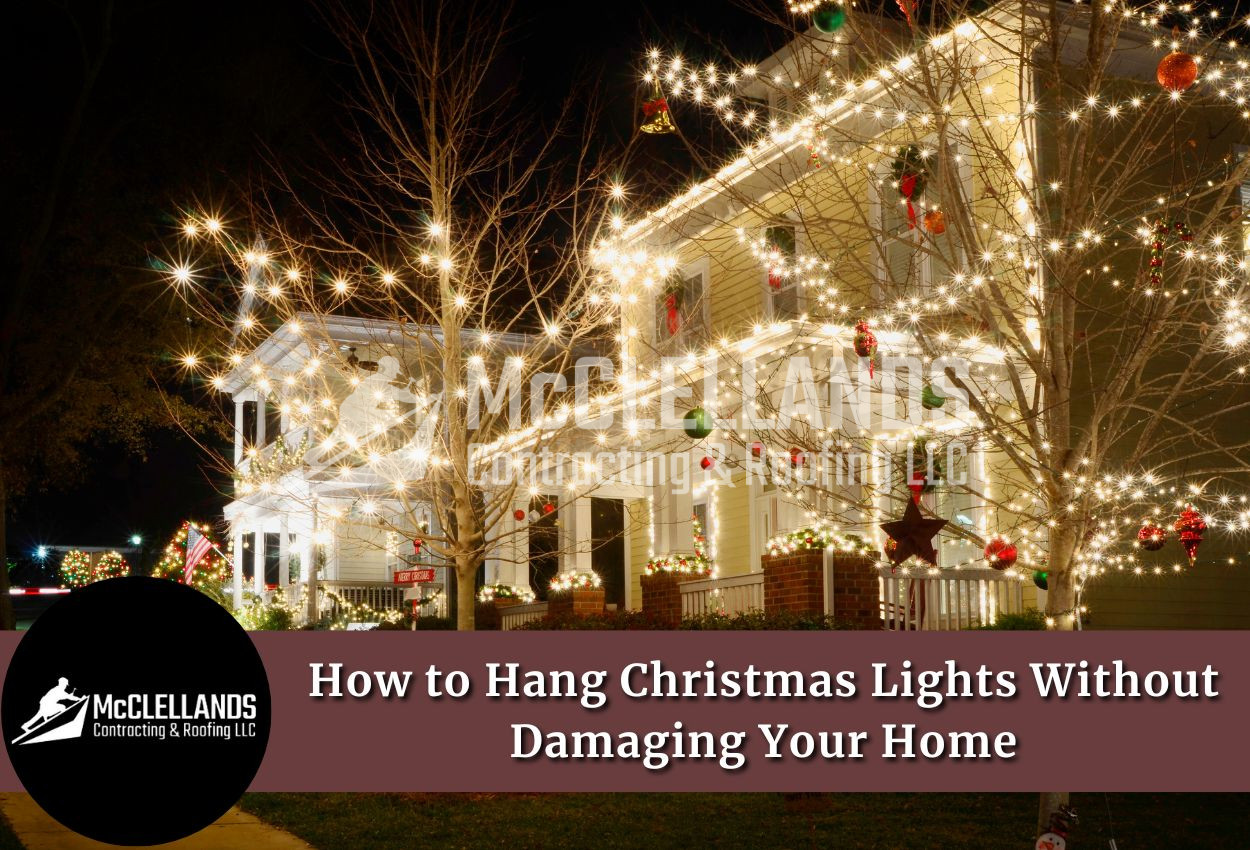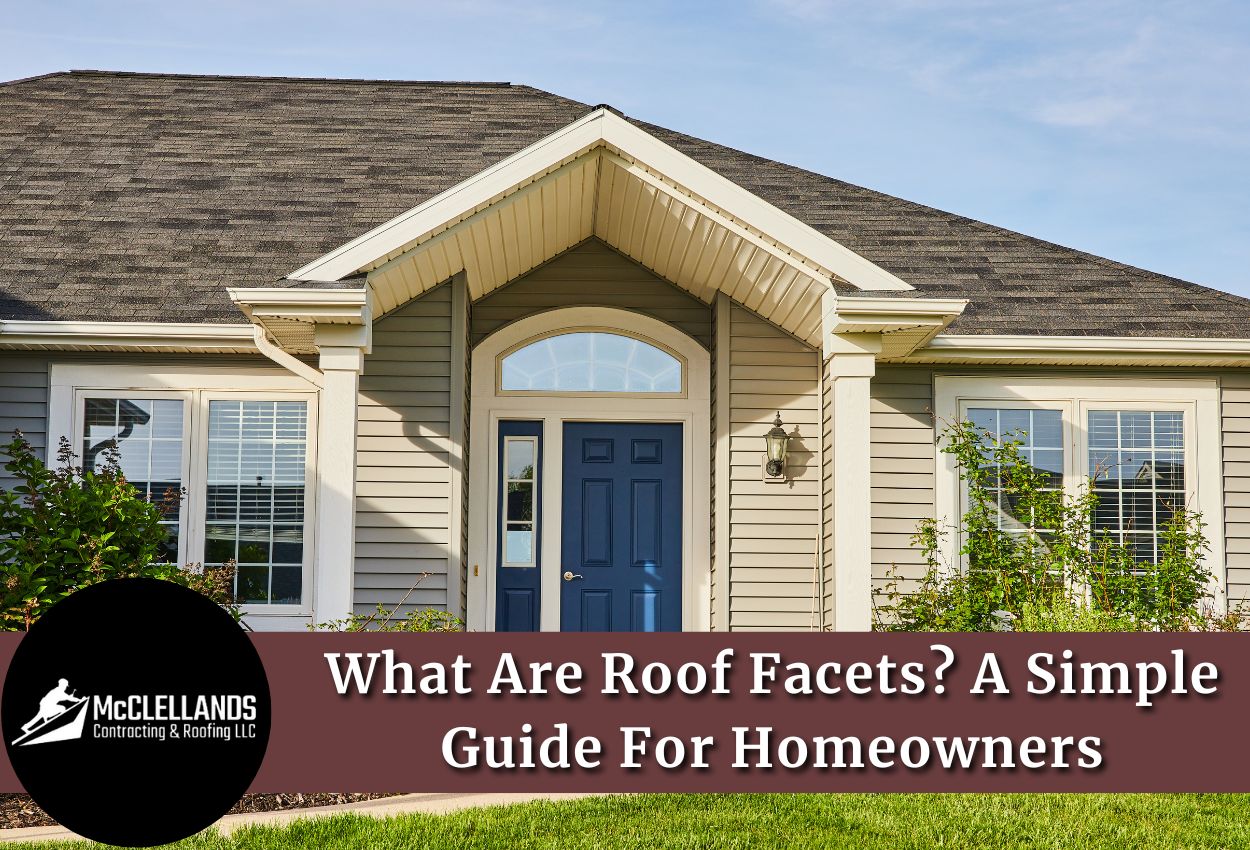Roof dryer vents play a crucial role in the overall functionality of a home's ventilation system. They are installed on the roof to allow hot and moist air from the dryer to escape. Without proper ventilation, the accumulation of moisture will lead to mold growth and other serious health hazards. However, while roof dryer vents are commonly used in many households, a homeowner should consider the potential downside of these vents before installing them on their roof.
In this article, we will explore the benefits of having a roof dryer vent and weigh them against the potential drawbacks, so homeowners can make an informed decision.
Also Read: Will Attic Ventilation Save Me Money?
What Is A Roof Dryer Vent?
A roof dryer vent is a type of venting system that is designed to exhaust hot air and moisture from a clothes dryer through the roof of a building. It typically consists of a metal pipe or duct that runs from the dryer through the attic and out through the roof.
The dryer vent you install on a roof creates a path for the hot, moist air from the dryer to escape outside the building. This helps to prevent a buildup of excess humidity and heat, which can cause problems such as mold growth, and fire hazards.
Why Should You Be Cautious About A Roof Dryer Vent?
While roof dryer vents may seem like a convenient option, there are several potential problems associated with installing them on your roof. Installing a roof dryer vent can cause some issues with both your roof and your home. This is why before deciding you should know what the limitations are.
Risk Of Fire Hazard
One of the reasons why you should avoid a roof dryer vent is that it can lead to a fire hazard. The accumulation of lint in a dryer vent poses a serious fire hazard if it is not cleaned regularly. This is because dryer lint is highly flammable and can ignite if it becomes too hot or comes in contact with a spark. When lint builds up in a dryer vent, it can create a blockage that prevents air from flowing properly, causing the dryer to overheat, and increasing the risk of a fire. This can cause both physical and economic damage.
To reduce the risk of a dryer fire, it is important to clean the dryer vent regularly, regardless of the type of vent used. The frequency of cleaning will depend on the frequency of use and other factors such as the length of the vent and the type of dryer being used.
Reduced Efficiency
Installing a roof dryer vent also reduces the efficiency of the dryer, which can result in longer drying times and increased energy costs. This is because a roof dryer vent creates additional resistance to the flow of air, which can cause the dryer to work harder and longer to expel moisture from clothes.
As a result, the longer drying times can result in higher energy costs, which can be costly over time.
Increased Risk Of Leaks/Moisture Damage
When a roof dryer vent is installed, a hole must be cut into the roof to accommodate the vent. This hole can compromise the integrity of the roof, making it more susceptible to leaks. Over time, the rubber seal around the vent can deteriorate and crack, allowing water to seep into the roof. This will lead to water damage and even mold growth if the leak goes undetected. Additionally, heavy rain and wind can cause debris to accumulate around the vent, which can also lead to leaks.
Also Read: Who To Call For Condensation In An Attic
Can Be Difficult To Clean
Roof dryer vents can be more difficult to clean compared to other dryer vent positions, which can pose a challenge for homeowners. Since it is located on the top of the roof, accessing the vent can become difficult.
Also, cleaning the inner part of the vent located in your home interior is also difficult. This is because roof dryer vents are often longer and have more twists and turns, making it more difficult to access and clean all areas of the vent effectively. You may require a vacuum to clean the inner duct, which is no easy task and can be time-consuming as well.

Can You Vent A Dryer Through Your Home’s Soffit Vent?
A soffit vent is a crucial part of your home’s ventilation system. A soffit vent is a type of ventilation system that is installed on the underside of a roof’s eaves. Soffit vents are designed to allow air to flow into the attic space, which helps regulate temperature and prevent moisture buildup.
Since installing a dryer vent on a roof is often not the best idea, many homeowners wonder if they can just skip the roof and vent the dryer through the soffit vent.
However, opinions are mixed on this. Though the International Residential Code (IRC) does not strictly prohibit venting through the soffit, most experts do not recommend this at all.
What Are The Alternatives To A Dryer Vent On The Roof?
Let us explore some of the alternatives to installing dryer vents on a roof, along with their benefits and drawbacks to help you decide which option is the best for your home.
Ventless Dryers: The In Thing
If you are not in favor of installing a dryer vent, consider ventless dryers. As a homeowner in Pittsburgh, you might not have heard of them, but their popularity is slowly increasing.
Ventless dryers do not require a separate dryer vent. Instead, they use a condenser to remove moisture from the air, which is drained away. The air that goes inside the dryer vent gets recirculated, which filters out the lint that has come from the clothes, leaving clean air behind.
This option is particularly useful for homes where traditional venting is not possible, such as apartments or condos. However, note that this can be expensive compared to other options.
Venting Through A Window
Venting a dryer out through a window is a viable option if you don't have an existing vent or if it's not feasible to install one. To vent a dryer out through a window, you'll need to purchase a venting kit that's specifically designed for this purpose.
To choose the best option for your home, consider factors such as the location of the dryer, the layout of your home, and any restrictions on venting in your area. Consult with a professional to ensure that the venting option you choose is safe and appropriate for your home.
Best 2023 Roof Ventilation Services In Pittsburgh
Regardless of the style of your home, and the type of roofing system you have installed, ventilation is crucial.
If you want to prepare your home for the upcoming summer season, then it’s critical you keep a note of the ventilation needs for your home and call the team of McClellands Contracting and Roofing, LLC. Our team has years of experience in the roofing industry and is capable of taking care of your home.
Not only do we handle roofing and roof vents, but we can also help you with other aspects of your home exterior, such as the siding, gutters, soffits, and fascia. So why wait to improve your property? Contact us today at (412) 353-5660, and we will get in touch with you.




